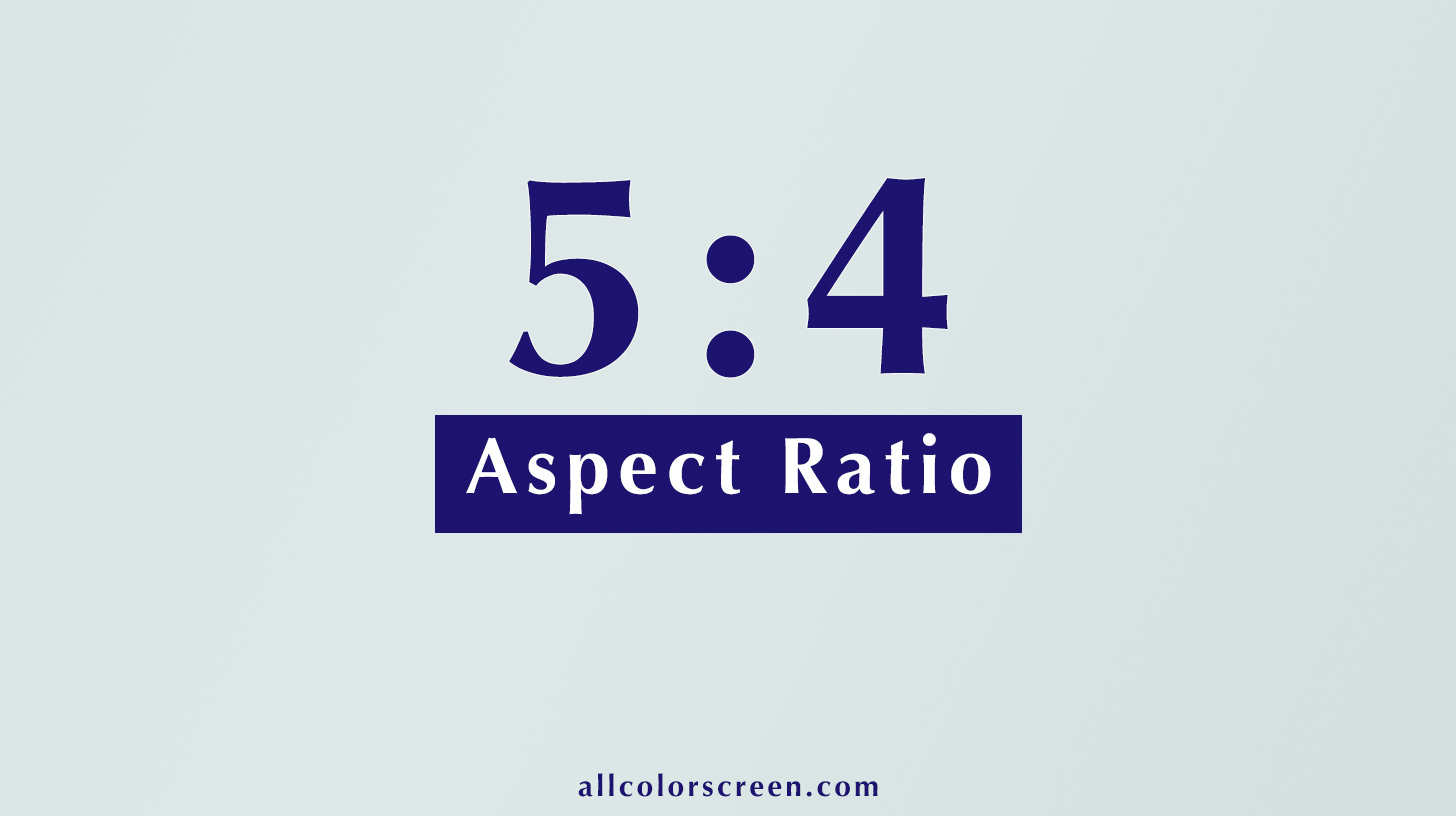5:4 Aspect Ratio Calculator | All Resolutions


The 5:4 aspect ratio, while similar to the classic 4:3, offers a slightly more square-shaped display. Commonly seen in early LCD monitors, particularly in office and business settings, the 5:4 ratio is less known than 4:3 but still important for certain professional applications. For every 5 units of width, there are 4 units of height, providing a narrower view compared to widescreen formats.
Calculate the dimensions for a 5:4 aspect ratio display.
Read our article: Screen Aspect Ratio
The 5:4 aspect ratio, while similar to the classic 4:3, offers a slightly more square-shaped display. Commonly seen in early LCD monitors, particularly in office and business settings, the 5:4 ratio is less known than 4:3 but still important for certain professional applications. For every 5 units of width, there are 4 units of height, providing a narrower view compared to widescreen formats.
When it comes to the 5:4 aspect ratio, 1280x1024 (SXGA) is the most widely recognized resolution. It was especially popular for business and professional use in the late 1990s and 2000s. Here’s a breakdown of popular 5:4 resolutions:
Despite its similarity to 4:3, the 5:4 ratio is still occasionally used today in business settings and for certain professional tools where vertical space is prioritized. Some industries, such as banking and graphic design, may still maintain 5:4 monitors for specific workflows.